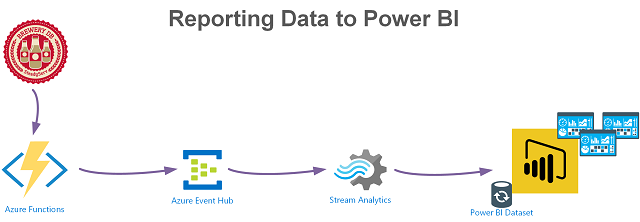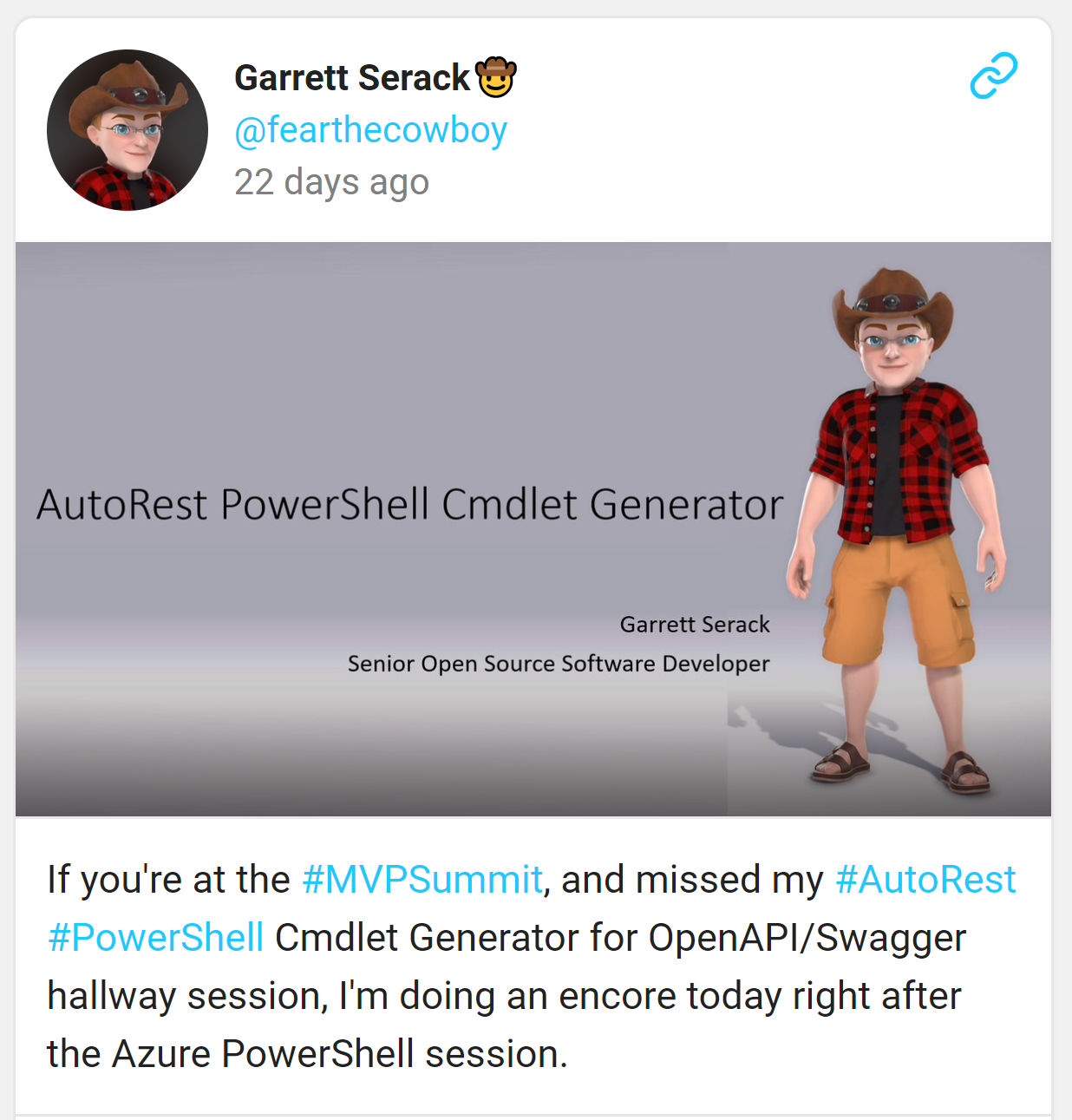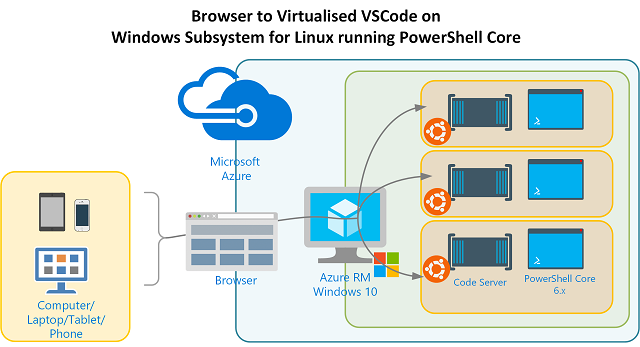Using Amazon Alexa to drive a radio-controlled car – Part 1
First published on Nivlesh’s personal blog at https://nivleshc.wordpress.com
Introduction
Over the Easter holidays, while watching my son play with his radio-controlled toy car, I had a strange thought pop into my head. Instead of using the sticks on the remote control, won’t it be cool to control the car by using just your voice? You could tell the car to move forward, backward, left or right. What if you could save all the moves you have asked the car to take so far and then at a later time, get the car to replay all those moves?… [Keep reading] “Using Amazon Alexa to drive a radio-controlled car – Part 1”






